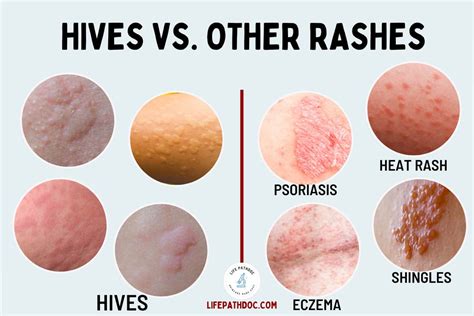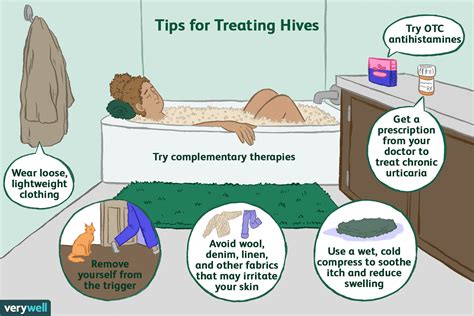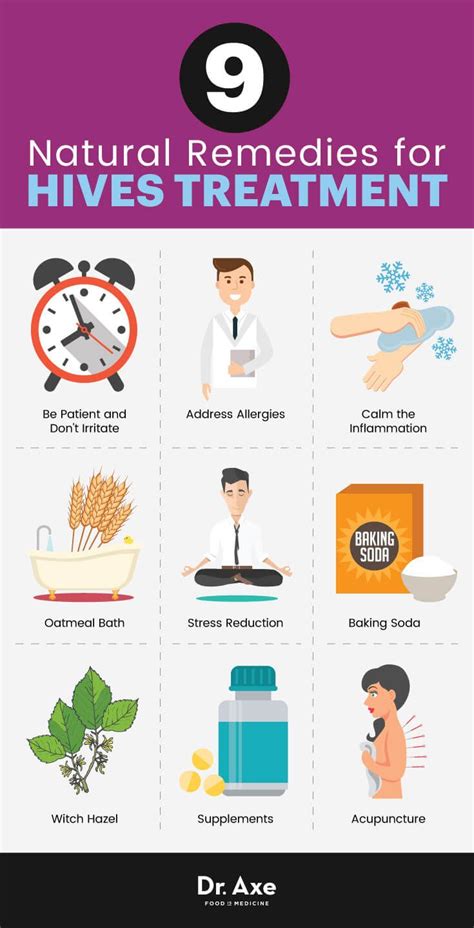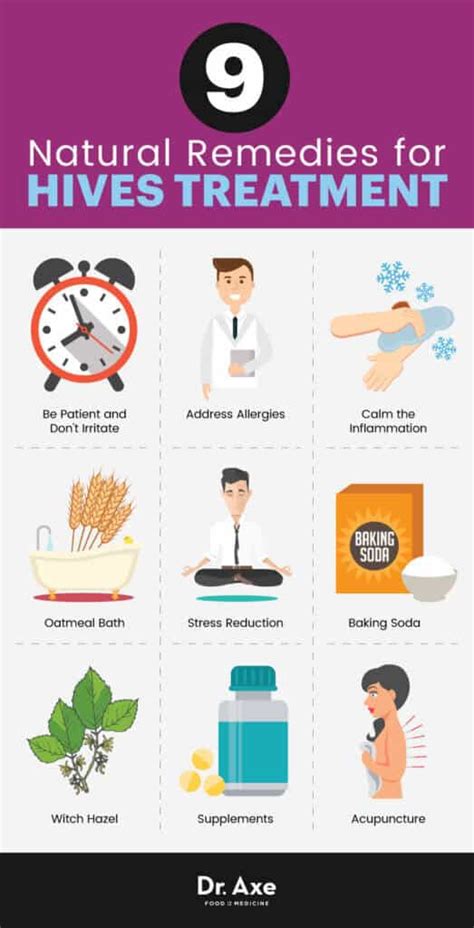Intro
Soothe hives naturally with 5 effective methods, alleviating itchiness and inflammation. Discover calming remedies, skin care tips, and stress-reducing techniques to relieve hive symptoms and promote healing, using anti-itch treatments and home remedies.
Hives, also known as urticaria, are itchy, raised welts that can appear on the skin due to various reasons such as allergic reactions, insect bites, or underlying medical conditions. They can be uncomfortable and disrupt daily life. Understanding the causes and finding effective ways to soothe hives is essential for managing this condition. The importance of addressing hives lies not only in alleviating the discomfort but also in identifying and treating any underlying causes that could lead to more severe health issues.
The prevalence of hives highlights the need for comprehensive information on how to manage and treat them. Hives can affect anyone, regardless of age or health status, making it a common concern for many individuals. The impact of hives on quality of life can be significant, affecting sleep, work, and social interactions due to the discomfort and appearance of the welts. Therefore, exploring ways to soothe hives is crucial for restoring comfort and confidence in those affected.
The quest for effective treatments and soothing methods for hives has led to a variety of approaches, ranging from traditional remedies to modern medical interventions. With the abundance of information available, it's essential to focus on evidence-based methods that are safe, effective, and easy to implement. By understanding the causes of hives and adopting appropriate management strategies, individuals can reduce the frequency and severity of outbreaks, thereby improving their overall well-being.
Understanding Hives

Causes of Hives
The causes of hives can be broadly categorized into allergic and non-allergic reactions. Allergic reactions are the most common cause, resulting from the body's immune response to perceived threats such as certain foods, drugs, or insect bites. Non-allergic causes can include infections, stress, and physical factors like pressure or cold. Identifying the specific cause of hives in an individual can help in tailoring the treatment approach.Treatment Options for Hives

Lifestyle Changes for Managing Hives
Adopting certain lifestyle changes can help in managing hives and reducing the frequency of outbreaks. This includes maintaining a food diary to identify potential food allergens, avoiding extreme temperatures, and managing stress through techniques like meditation or yoga. A balanced diet rich in fruits, vegetables, and whole grains can also support immune function and overall health.Natural Remedies for Soothing Hives

Benefits of Natural Remedies
The benefits of natural remedies for hives include their gentle nature, reducing the risk of side effects associated with some medications. They can also be easily incorporated into daily routines, promoting a holistic approach to health. Moreover, natural remedies can be cost-effective and accessible, making them a preferable option for many individuals.5 Ways to Soothe Hives

-
Take Oatmeal Baths: Oatmeal has anti-inflammatory and soothing properties that can relieve itching and irritation. Colloidal oatmeal, which is finely ground oats, can be added to bath water for a soothing soak.
-
Use Topical Creams: Over-the-counter hydrocortisone cream can reduce inflammation and itching. For more severe cases, prescription creams may be recommended by a healthcare provider.
-
Stay Hydrated: Drinking plenty of water helps to flush out toxins from the body and keep the skin hydrated, which can aid in the healing process and reduce the appearance of hives.
-
Avoid Scratching: Although it can be challenging, avoiding scratching is crucial as it can lead to further irritation, infection, and scarring. Keeping fingernails short and wearing gloves at night can help prevent scratching.
Preventing Future Outbreaks
Preventing future outbreaks of hives involves a combination of avoiding known triggers, maintaining a healthy lifestyle, and being prepared with a treatment plan. Regular check-ups with a healthcare provider can also help in monitoring the condition and adjusting the management strategy as needed.Conclusion and Future Directions

Final Thoughts
As research continues to uncover more about the complexities of hives, it's essential for individuals to stay informed and proactive in their management approach. By doing so, they can navigate the challenges of living with hives more effectively, ensuring that this condition does not dictate their daily lives.What are the most common causes of hives?
+The most common causes of hives include allergic reactions to foods, medications, or substances, and infections. In some cases, underlying autoimmune conditions can also trigger hives.
How can I prevent hives from occurring?
+Preventing hives involves avoiding known triggers, maintaining a healthy lifestyle, and being prepared with a treatment plan. Regular check-ups with a healthcare provider can also help in monitoring the condition and adjusting the management strategy as needed.
What are some natural remedies for soothing hives?
+Natural remedies for soothing hives include oatmeal baths, aloe vera gel, cool compresses, and herbal teas like peppermint and chamomile. These remedies can provide relief from itching and reduce inflammation.
We invite you to share your experiences and questions about managing hives in the comments below. Your insights can help others who are seeking ways to soothe and prevent hives, fostering a community of support and information exchange. Additionally, feel free to share this article with anyone who might benefit from the information, and consider exploring other resources on our platform for more health and wellness topics.
